India plans to achieve lunar soil sampling and return within three years, aiming to collect 5 kilograms of samples.
With the ongoing global enthusiasm for space exploration, countries are turning their attention to the nearest natural satellite— the Moon. In this new wave of lunar exploration and landing competition, China currently holds a leading position, having successfully completed all six Chang'e lunar exploration missions, including the successful return of lunar samples from Chang'e 5 and Chang'e 6.
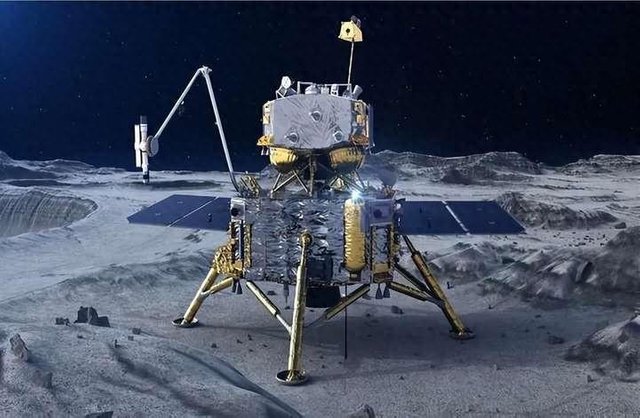
However, India, with its ambitions as a major power, is not to be left behind. Following the successful landing of the Chandrayaan-3 unmanned spacecraft, India is actively advancing new lunar exploration plans. According to the Hindustan Times report on September 18, the Indian cabinet has decided and approved the Chandrayaan-4 lunar exploration mission, which aims to collect lunar soil samples and safely return them to Earth. The plan allocates an investment of ₹21.04 billion (approximately 1.78 billion RMB), with the mission scheduled for launch in 2027.
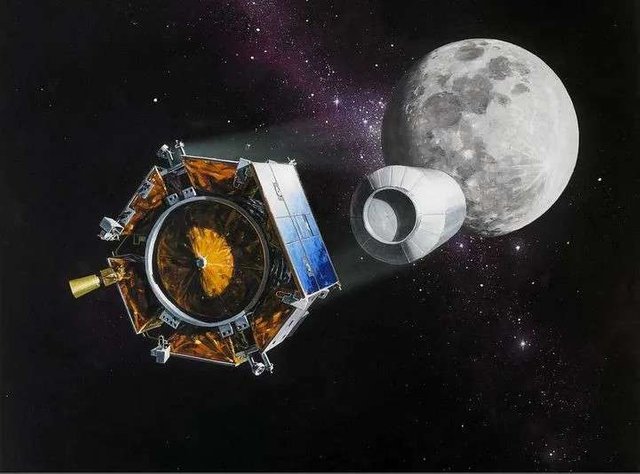
The Indian Space Research Organisation (ISRO) has also announced that it will lead the Chandrayaan-4 mission. The core goal of this mission is to achieve lunar soil sampling and return, marking a new breakthrough for India in space exploration and signaling its ambitions for future manned lunar missions.
The Chandrayaan-4 mission follows the successful launch of Chandrayaan-3 and is another significant space project. It is expected to be completed within 36 months of approval, with a budget of ₹21.04 billion (approximately 1.76 billion RMB). While this investment may seem substantial, it covers critical aspects such as spacecraft development, LVM3 rocket launch, deep space network support, and special project testing, which is lower than similar lunar missions from China, the U.S., and Russia.
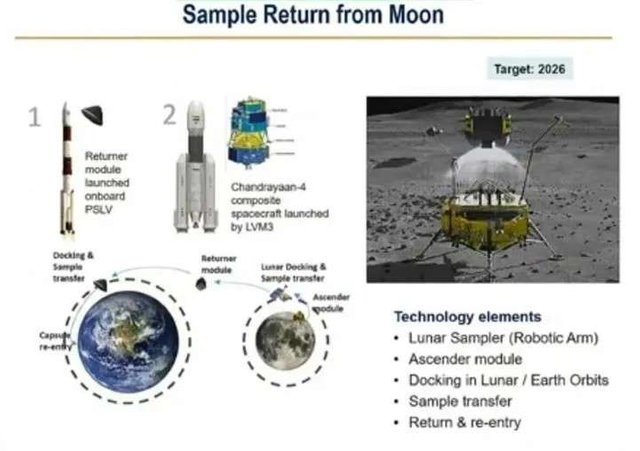
In terms of specific mission objectives, Chandrayaan-4 will perform a series of complex operations, including demonstration of docking/separation technology, lunar landing, safe return to Earth, and collection and analysis of lunar soil samples.
Due to India's lack of a heavy-lift rocket, the mission plans to launch two rockets to jointly complete the Chandrayaan-4 lunar sampling and return plan. Therefore, its details differ from China’s Chang'e 5 and 6 missions. The first rocket will launch the combination of the Chandrayaan-4 lander, ascent vehicle, and the probe into lunar orbit, with a weight of 5.2 tons.
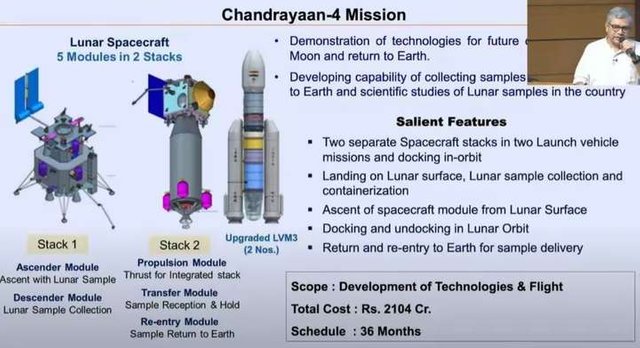
The second rocket will send the return propulsion module to lunar orbit, including the reentry and transfer vehicle, weighing approximately 1.527 tons. This module's purpose is to return to the return vehicle after the ascent vehicle completes the lunar soil collection, requiring docking to send the sample-containing return capsule back to Earth. The total weight of the two devices is 7.727 tons, which will work together to complete the lunar soil sampling and return task. However, while these two devices are heavy, their combined weight is still less than the 8.2 tons of China's Chang'e 5.
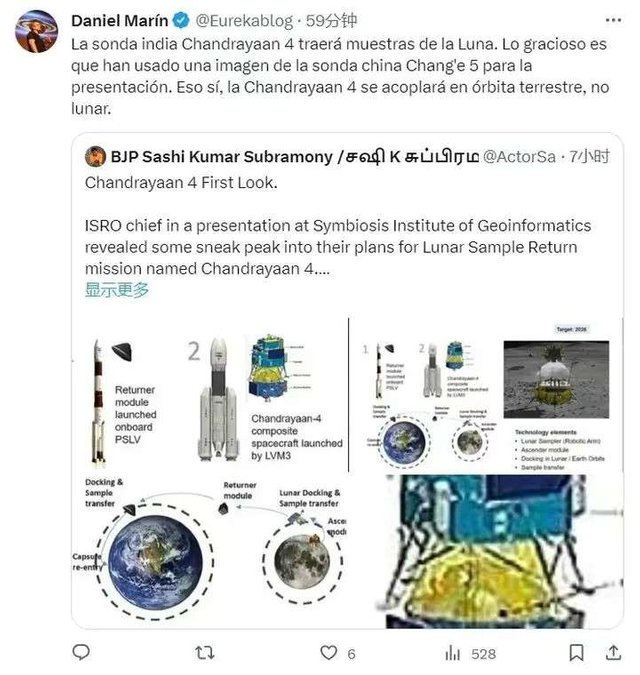
However, India plans to retrieve a larger quantity of lunar soil, with a designed sample container capable of holding 5 kilograms of lunar soil. Its goal is to collect 3 to 5 kilograms in one go. If it successfully collects 5 kilograms, that would exceed the total amount retrieved by China's Chang'e 5 and 6.
For India, the Chandrayaan-4 mission also has far-reaching economic and social significance. According to Today India TV, the mission will attract widespread participation from India's industrial and academic sectors, potentially creating numerous jobs and research opportunities, playing an important role in stimulating national innovation and enhancing international competitiveness.
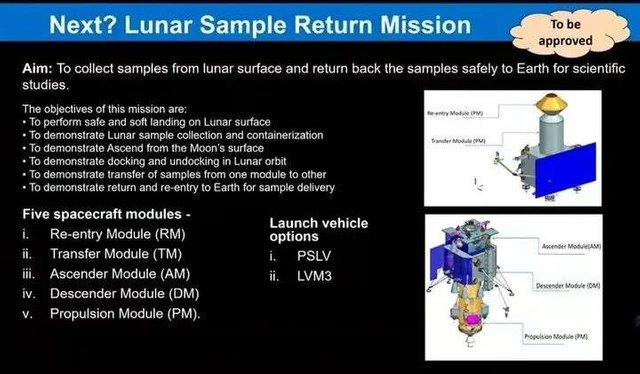
Indian experts believe that the Chandrayaan-4 mission will also serve as a significant driver for the development of domestic space technology. By independently researching and manufacturing key components, India can achieve self-sufficiency in critical technology areas such as manned spaceflight and lunar exploration, further enhancing its position in the global space technology landscape. This push for technological independence holds substantial strategic significance for a developing country like India.